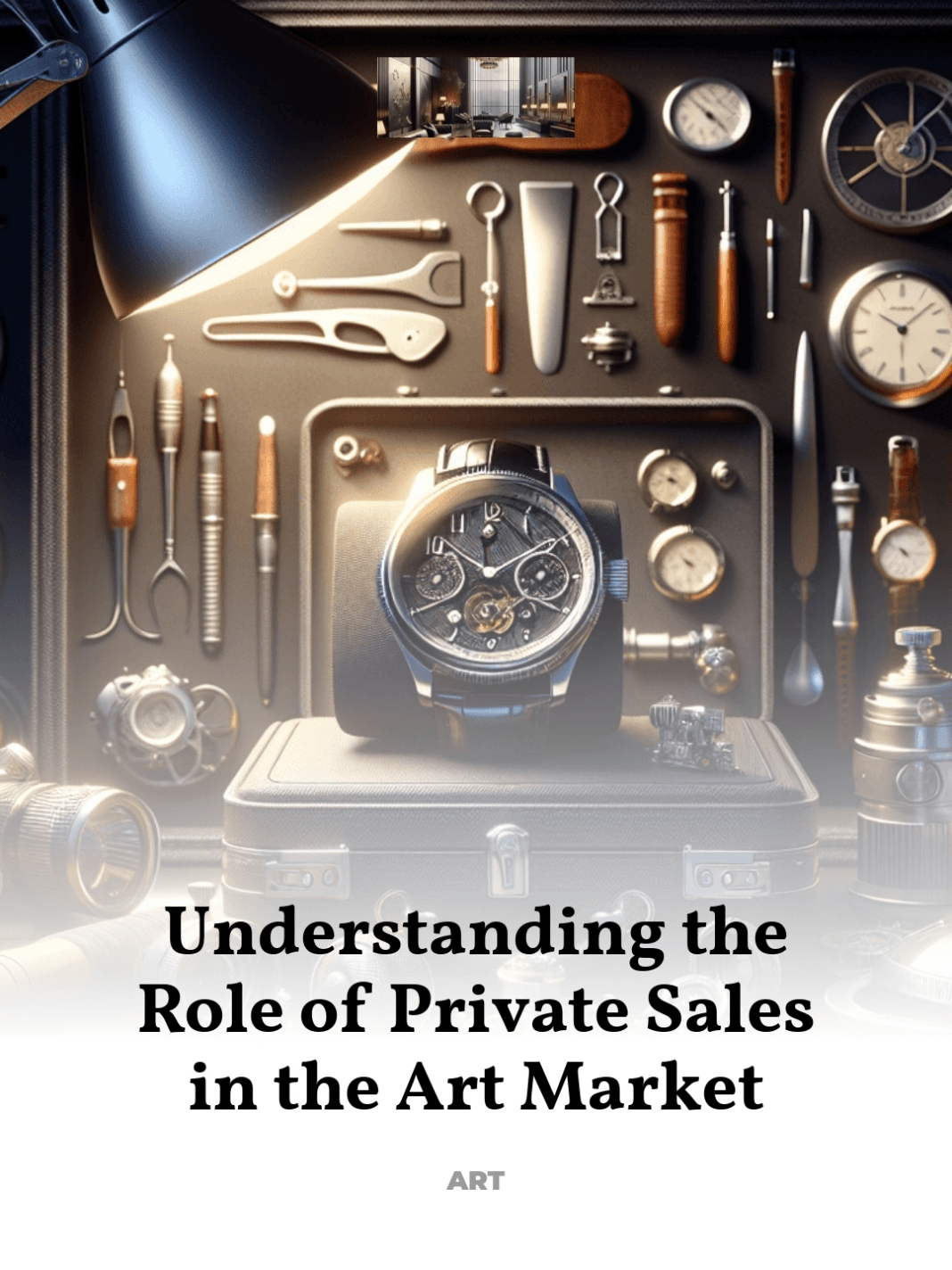Why Some of the World’s Most Expensive Deals Happen Behind Closed Doors
The allure of private art sales often lies in their exclusivity and confidentiality, elements that are highly prized in the realms of luxury and collectibles.
- The Significance of Privacy in Art Transactions
- Key Drivers Behind Private Sales in the Art Market
- Cultural and Artistic Impact of Private Sales
- Notable Private Sales and Their Legacy
- Emerging Trends and the Future of Private Art Sales
- Concluding Insights on Art Market Privacy
The Significance of Privacy in Art Transactions
Privacy in art transactions is not merely a preference but a pivotal aspect of the art market’s dynamics. This secrecy serves multiple purposes: protecting the identity of buyers and sellers, maintaining the artwork’s mystique, and often, enhancing its value through exclusivity.
- Confidentiality: Many collectors prefer anonymity to shield their investments and personal interests from public scrutiny and market influences.
- Security: High-value transactions are often kept private to ensure security and minimize risks associated with the exposure of valuable artworks.
- Price Discretion: Private sales allow for flexible pricing, often unreachable in public auctions where bidding can be influenced by market speculation and external factors.
Key Drivers Behind Private Sales in the Art Market
Several factors motivate collectors and sellers to opt for private sales over public auctions. Understanding these can provide deeper insights into the sophisticated nature of art transactions.
- Control Over Sale Conditions: Sellers have more control over the terms of sale, including pricing and buyer selection, which can be crucial for rare or culturally sensitive pieces.
- Minimizing Public Exposure: Certain artworks require discretion, either due to their historical value, fragility, or cultural significance, necessitating a controlled sales environment.
- Building Long-term Relationships: Private sales often help in fostering long-term relationships with valuable clients who prefer a personalized transaction experience.
Cultural and Artistic Impact of Private Sales
Private sales do more than just exchange ownership; they influence cultural heritage and the preservation of art. These transactions can ensure that artworks are placed in environments where they can be cared for and appreciated in line with the seller’s and buyer’s intentions.
- Preservation of Art: Collectors who acquire pieces privately often have the resources and interest to maintain them, ensuring their preservation for future generations.
- Cultural Continuity: By controlling who acquires important works, sellers can contribute to the continuity of cultural narratives and heritage.
- Enhanced Appreciation: Private acquisitions often lead to a deeper appreciation of art as collectors value the exclusivity and privacy of their transactions.
Notable Private Sales and Their Legacy
Throughout history, several high-profile private sales have set precedents and sparked discussions in the art world. These transactions not only reflect the economic dimensions of art but also its intrinsic cultural and historical value.
- Leonardo da Vinci’s “Salvator Mundi”: Sold for $450 million in 2017, this sale is one of the most notable private transactions, highlighting the profound impact of private sales on market perceptions and valuations.
- Willem de Kooning’s “Interchange”: This masterpiece was reportedly sold for approximately $300 million in a private sale, underscoring the significant role of confidentiality in dealing with high-value artworks.
Emerging Trends and the Future of Private Art Sales
The art market continues to evolve, and with it, the mechanisms of private sales are also transforming. Technological advancements and changing collector demographics are shaping the future of how art is bought and sold privately.
- Digital Platforms: The rise of digital platforms for private sales is enhancing accessibility while maintaining the confidentiality and exclusivity that define these transactions.
- Global Reach: With the globalization of the art market, private sales are becoming more international, involving a diverse array of artworks crossing borders more fluidly than ever before.
- Younger Collectors: Younger generations are entering the art market with different perspectives and preferences, influencing how private sales are conducted and what types of art are most sought after.
Concluding Insights on Art Market Privacy
The intricate dance of private art sales is a testament to the complex interplay between exclusivity, cultural value, and collectorship. As the market evolves, so too will the practices surrounding private sales, continually shaping the landscape of art and luxury.
For further exploration into the world of private art sales, consider delving into resources such as Artnet’s insights.



